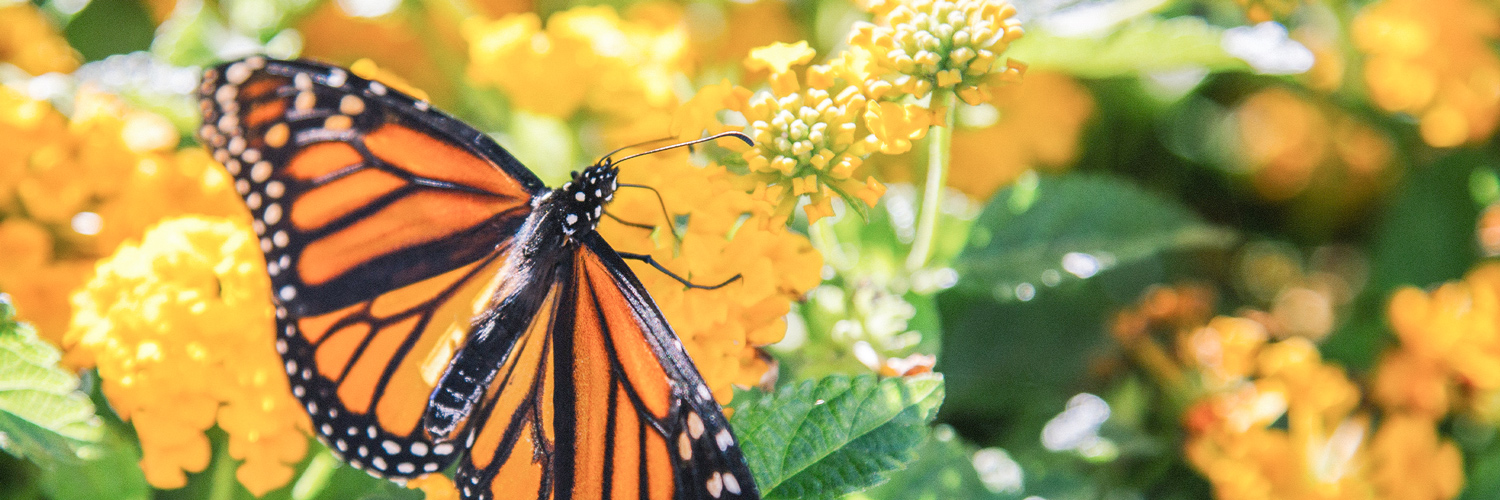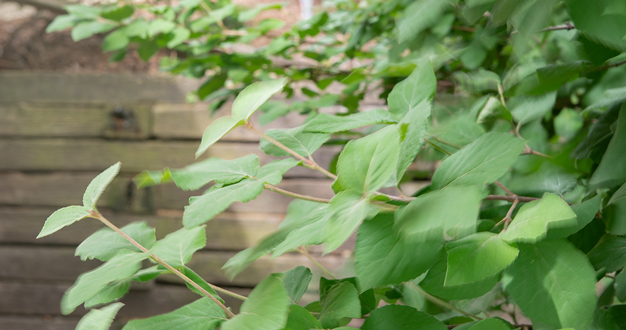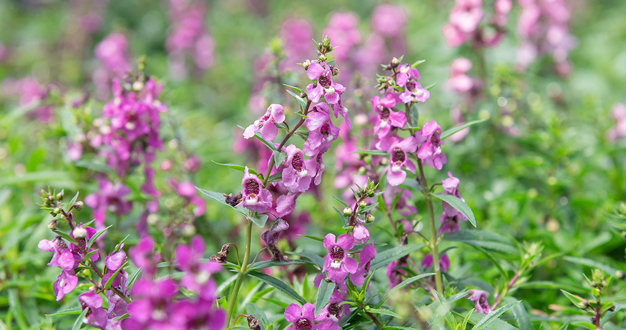
The monarch butterfly is one of the most recognized and treasured species – insect or otherwise – in North America. And it needs our help. With issues of habitat loss and other challenges, this remarkable butterfly has faced a big population decline over the past two decades. A lot of those challenges center on milkweed – the monarch caterpillar’s only food source and a native wildflower that’s experiencing its own challenges as well. Here, we take a look at the close relationship between monarchs and milkweed, and we share just how easy it can be to help support monarchs and other native butterflies – right in your own backyard.
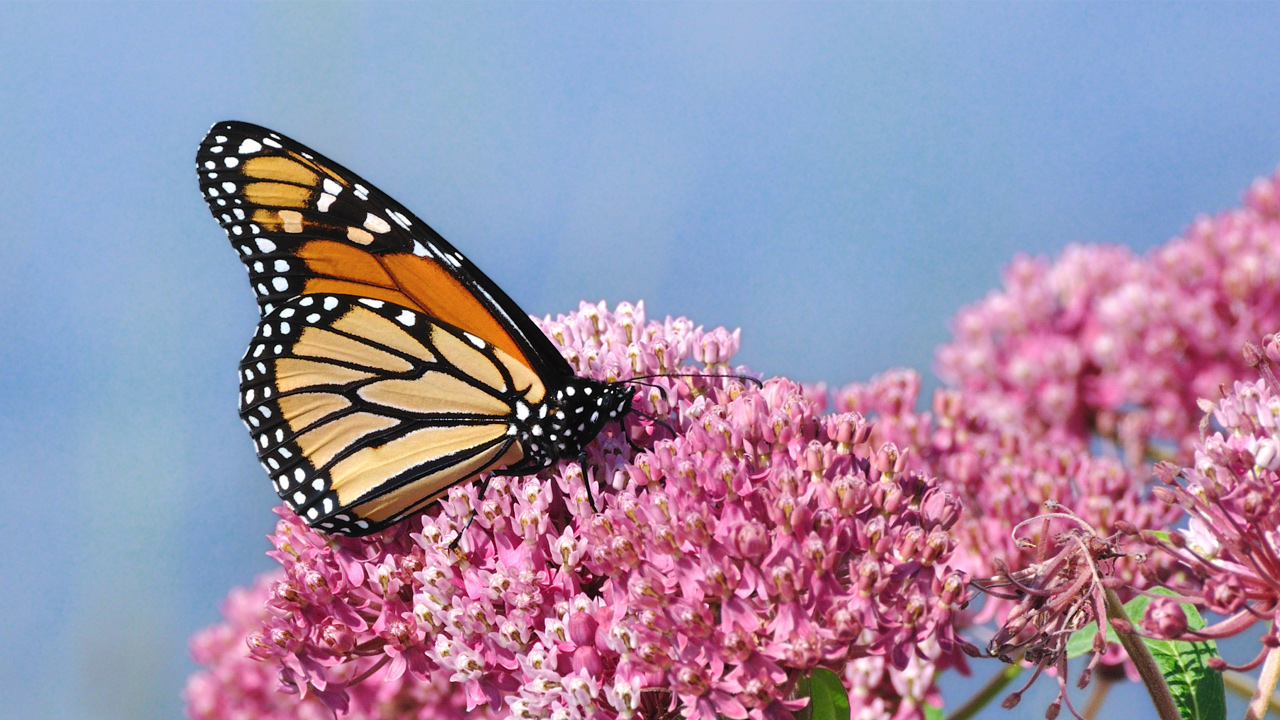
Why Milkweed?
Milkweed gets its name from the plant’s milky latex sap. And while milkweed is avoided by animal herbivores because of the sap’s toxins and bitter taste, monarch caterpillars can’t survive without it. Overcoming these toxins and even using them as a means of defense, monarchs have evolved into milkweed-eating-specialists – to the point that milkweed species are the only plants monarch caterpillars can survive on. And they’re the only plants the adult butterflies lay their eggs on.
When it comes to the adult stage, the monarch butterfly also relies on other sources of pollen and nectar – in addition to milkweed – to fuel reproduction and migration. But the monarch isn’t the only pollinating insect who visits milkweed flowers, so milkweed plants are hardly as dependent on the monarch as the other way around.
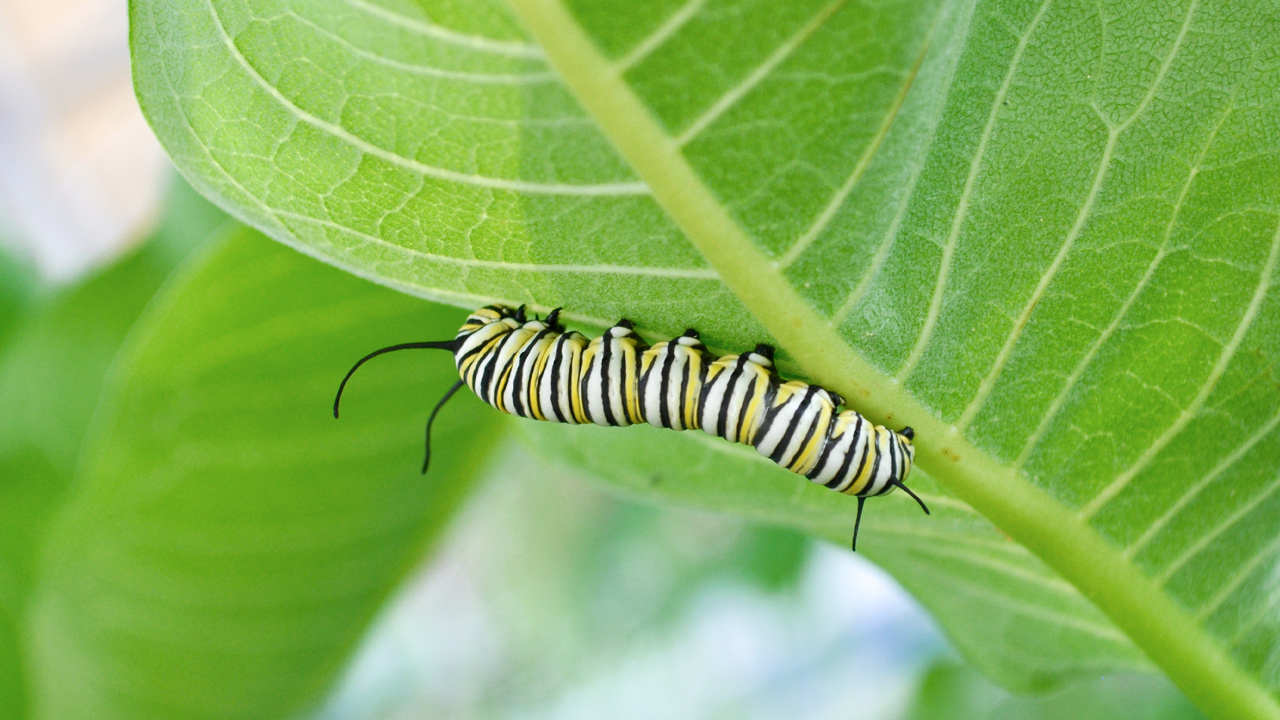
A Scientific Oddity
Even more fascinating than their food source is the unique lifecycle and migration of these beautiful insects – something scientists are still trying to better understand. In a single year, the monarch population consists of several generations, beginning with the adults that migrate north in early spring after overwintering in the Sierra Madre Mountains of Mexico. Each following generation lives for only a few short weeks, and each continues to migrate further north. In August and September, the fourth or fifth generations – including butterflies as far north as Canada – migrate all the way south to gather in the same trees where earlier generations overwintered the previous year. How they find their way isn’t entirely clear.
With these multiple generations and a season-long migration, milkweed plants across the United States are critical in providing food for the growing caterpillars. Here in Nebraska, monarchs are present from June through October and represent several generations.
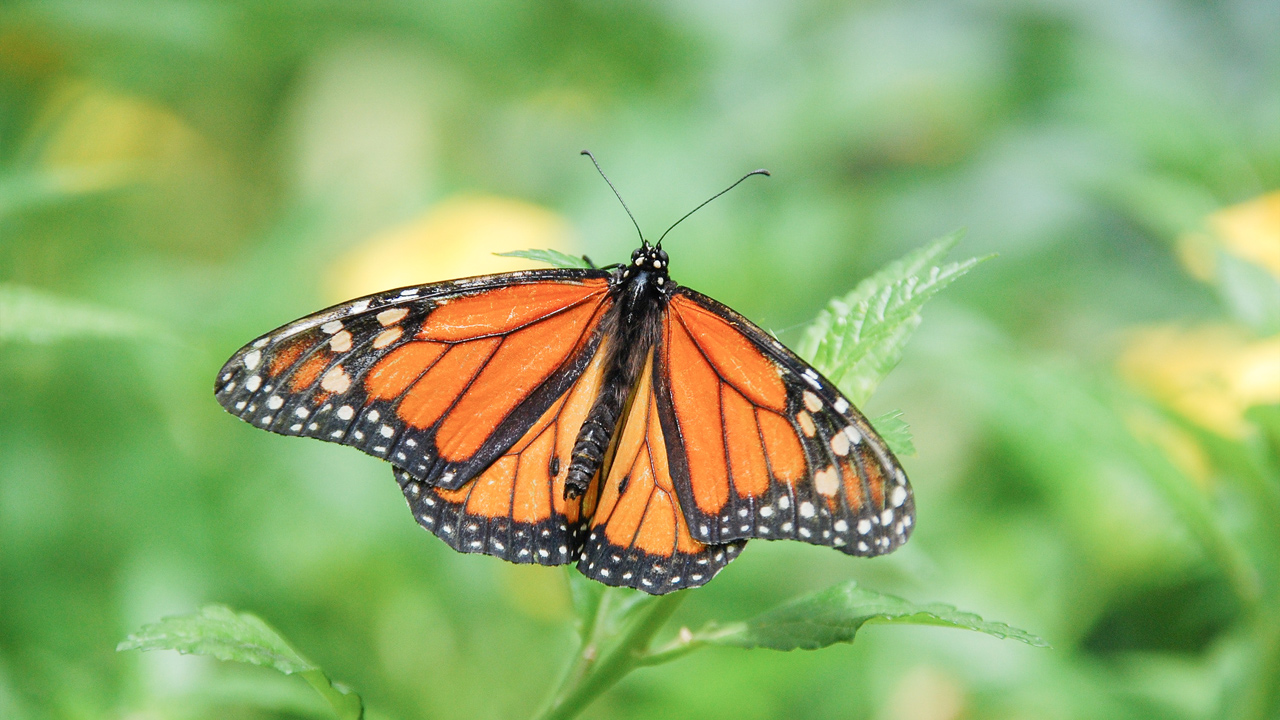
Monarchs + Milkweed in Decline
With such a close and crucial relationship between monarchs and milkweed, it’s no surprise that a recent decline in the Midwest population of milkweed coincides with a sharp decline in the population of monarchs as well.
In a 2013 study, researchers John Pleasants and Karen Oberhauser estimated that between 1999 and 2010, the population of milkweed in the Midwest United States declined by close to 60% – coinciding with the advent of herbicide-resistant corn and beans and an increased use of glyphosate to control agricultural weeds. As the researchers point out, because much of our milkweed-friendly habitat lies in agricultural areas, the milkweeds themselves have been negatively affected. In turn, monarch populations dropped by roughly 81% during the same time period. Although habitat loss in Mexico and extreme weather events also played a part, the researchers believe that the loss of milkweed in the Midwest is the strongest factor in the butterfly’s decline.
In more recent years, there’s been an encouraging bump in monarch populations, but experts are only cautiously optimistic that the trend will continue unless efforts are made to increase milkweed numbers across the country.
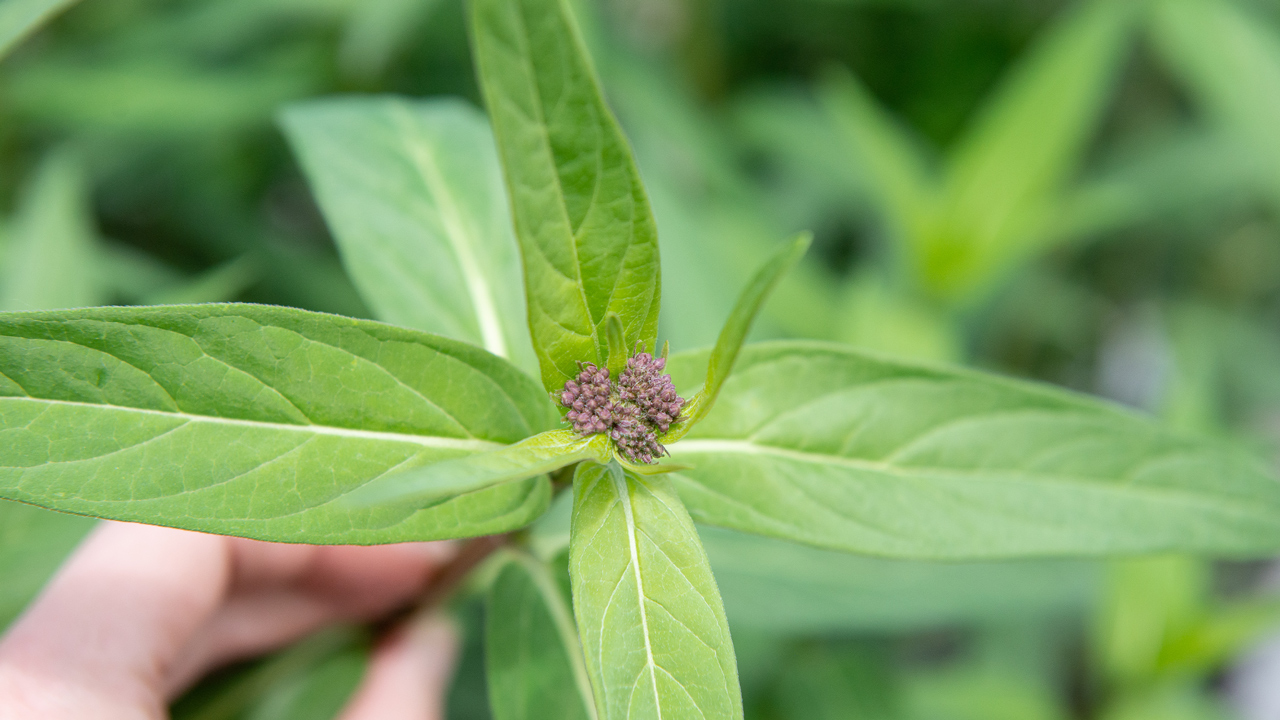
Milkweed for Your Garden
You may not be able to ease all the challenges that monarchs and milkweed face, but even a small backyard garden – featuring a few of these beautiful native plants – can be a start. In our Nursery Yard collection, you’ll find butterfly milkweed and swamp milkweed ‘Cinderella’ ready to plant in the landscape.
Or you can start milkweed from seed too. In the Greenhouse, we have seeds from four different species – butterfly milkweed, swamp milkweed, common milkweed, and showy milkweed. Keep in mind though that the seeds of most North American species require “cold stratification,” a technique that simulates the winter conditions these seeds need to experience before their germination can be triggered in the spring. To cold stratify your milkweed seeds, place them in a sealed plastic bag with a moistened coffee filter then stash them in the refrigerator for about a month before planting them outside
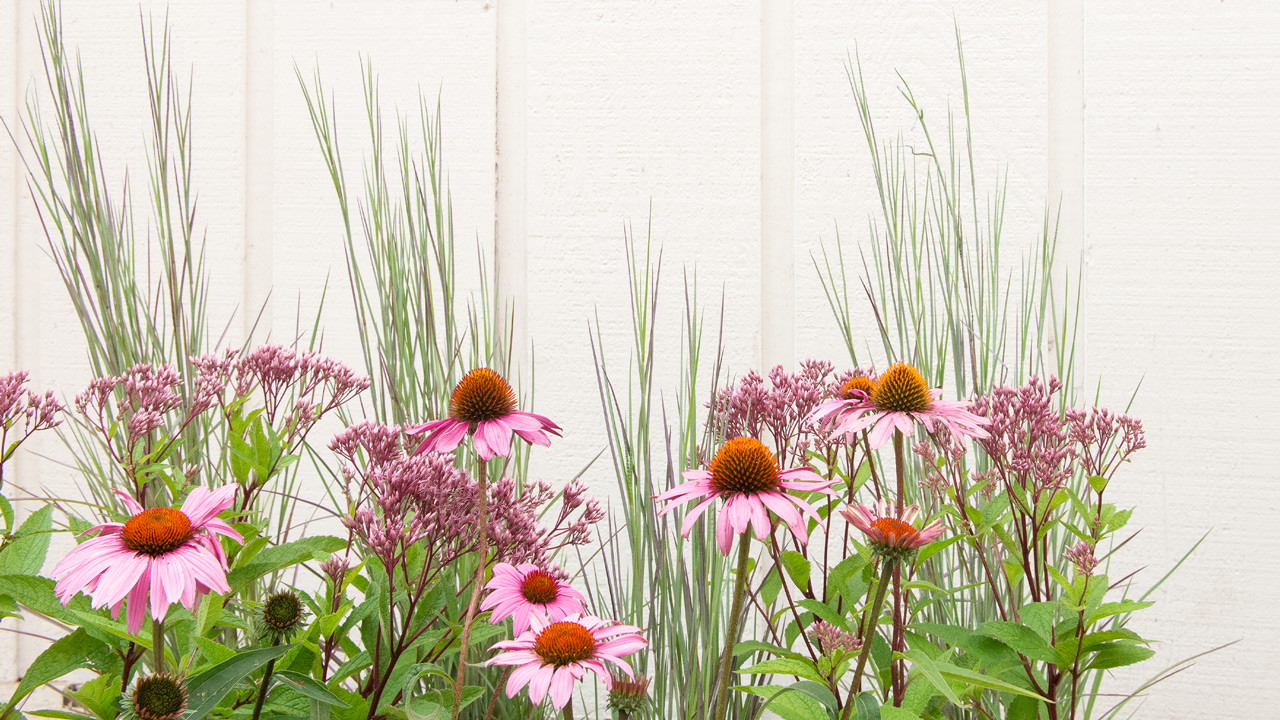
A Diverse Landscape for Everyone
But it’s not just the monarch that needs our help. As remnants of our historic prairie landscape continue to disappear, other native butterflies could use some support from our landscape plantings as well. With a diverse planting that includes flowers like asters, goldenrod, purple coneflower, and joe-pye weed – and other native plants too – you can help a whole variety of beautiful native butterflies. As an example, Arogos skipper and Ottoe skipper are two prairie natives who rely on specific grass species like big bluestem, little bluestem, and sideoats grama to feed their young caterpillars.
Although these threatened butterflies would be rare to spot in an urban setting, you can also attract more common species such as eastern black swallowtail, eastern tiger swallowtail, and the hackberry emperor butterfly by including each of their host plants – carrot, willow, and hackberry – in your landscape plans too.

Create a Butterfly Haven
Planting a diverse landscape that includes native species of wildflowers – especially milkweed – and other native plants is an easy way to have a positive impact on our native butterfly populations and other wildlife too. If you’re ready to up the butterfly appeal in your landscape, stop by and see us. We’re happy to answer any questions and help you find the plants you need to make that happen.

